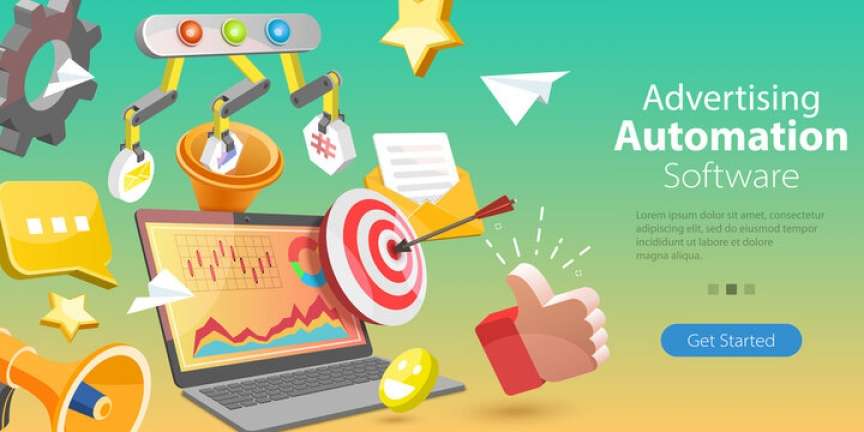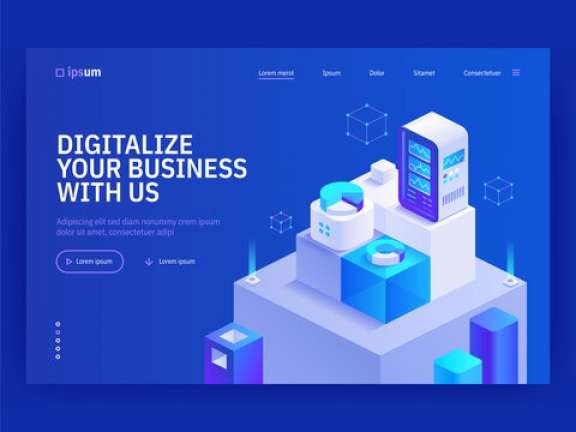The field of information technology (IT) is essential for modern companies. It is the IT staff who ensure that the maintenance management software is enabled and running correctly.
Automating processes that used to be done manually and enabling platforms that save time and money is one of the goals of IT in organizations.
Have you ever wondered what maintenance software is? In this post, we will explain what types of software maintenance you can perform in your company and how the maintenance management procedure works.
What is maintenance software?
Maintenance software is a tool that aims to help companies cut costs and improve efficiency. By simplifying and automating maintenance operations, this software reduces equipment downtime.
Maintenance management software makes it easy for companies to manage maintenance tasks, whether it be preventive (to avoid potential problems) or corrective (to repair some type of damage). To apply such technologies, you can refer to https://www.dewais.com/services/software-maintenance-and-support-services/.
In short, maintenance management software organizes and schedules tasks to optimize labor, materials, and troubleshooting time.
The 5 Key Metrics of Software Maintenance Management
1. Full accessibility
This is the result of dividing the number of hours a team can produce by the total number of hours in a given period.
This indicator is important in factories and plants, where equipment shutdown determines losses or paralyzes production. In case of breakdowns, the correct calculation is the availability of the equipment. Another other case is a scheduled stop, for which, for example, the total availability of a production line is calculated.
2. Availability due to breakdowns
This metric excludes the calculation of availability in case of planned outages, as they are unforeseen.
3. MTBF (Mean Time Between Failures, Mean Time Between Failures)
Determines how often hardware failures are detected.
4. MTTR (mean time to repair)
It allows you to determine the severity of the failure, as it establishes the average time required to repair a piece of equipment.
5. Service response time
This indicator determines the response speed of the repair team. The result is obtained by measuring the time elapsed from the receipt of a maintenance request to the start of the resolution of the complaint.
What types of software maintenance can you implement in your company?
As we have already mentioned, IT maintenance tasks play a fundamental role in companies. They take care of the correct functioning of programs, equipment and thus allow work teams to maintain and in many cases increase their productivity.
Prevention
This type of maintenance performs periodic checks on the software to avoid security or operational errors; that is, the usual problems that may appear in the short, medium or long term.
An example of preventive maintenance is a computer that displays a software update message or a warning message. It still works, but if you let it go for too long it can cause problems at the wrong time.
Preventive Maintenance
Its function is to anticipate when a particular problem or failure will occur that could be detrimental to the operation of the company. Techniques such as temperature monitoring and chemical reactions are used to predict when a machine might fail.
Corrective maintenance
It allows you to view and correct code errors, solving security, performance, and stability issues for any type of maintenance software. It is suitable for small businesses because issues are resolved as they arise and fixes are not part of the action plan.
Adaptive Service
Sometimes it is necessary to change the operating system within an organization. The function of adaptive maintenance is precisely to “adapt” the mode of operation and equipment based on this new system.
Perfect Service
This type of service helps users who need to implement new software features. It’s about improving the application and making sure that the system performs new tasks without any hiccups.
The software will always require adjustments and updates. That’s why maintenance programs are needed.















